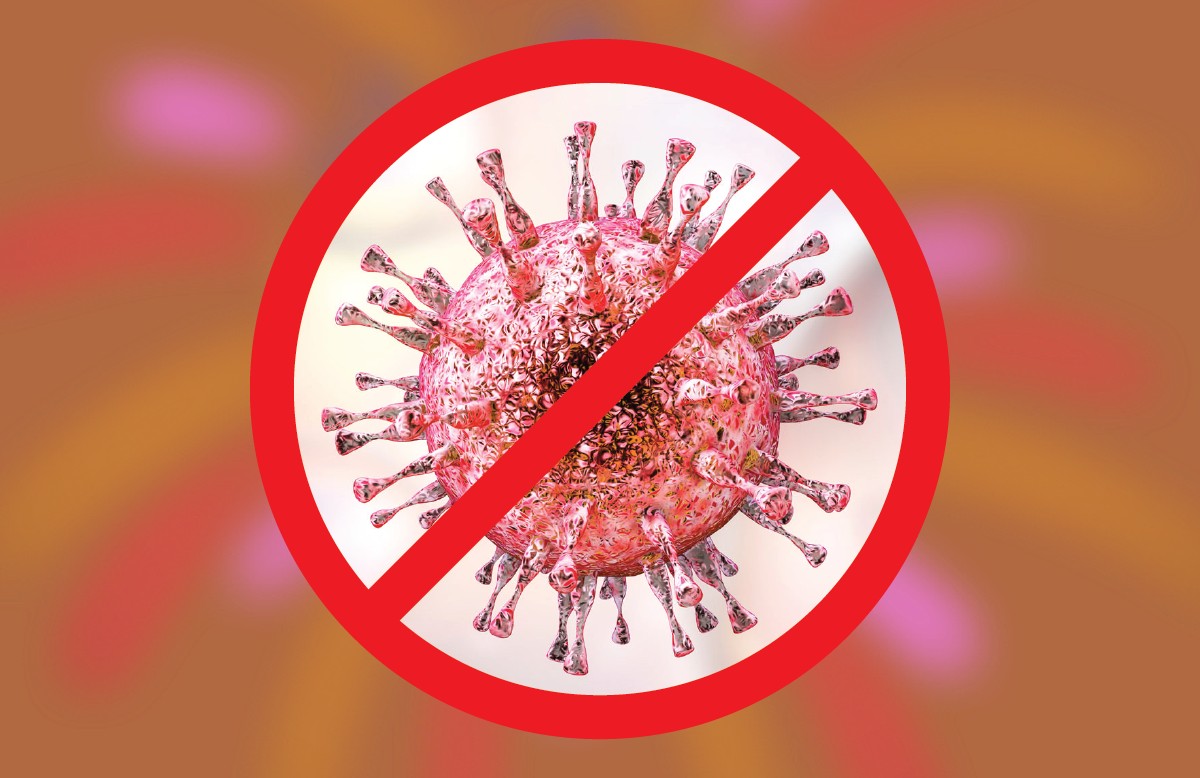Media Release: Nelson, New Zealand – 10 July 2024 – Kimer Med $10M closer to…
Could a cure for CMV result in longer lifespans?
While standard antiviral therapies can suppress active viral replication, there’s no existing treatment that can eradicate latent infection, meaning there’s no cure for many prevalent viral diseases.

Viral infection has a detrimental impact on human health and longevity
There are currently about 220 viruses known to infect humans, resulting all manner of disease, as well as causing or contributing to many other conditions such as Alzheimer’s Disease, MS, and multiple forms of cancer.
Right now, there are approved antiviral treatments for only 11 of these 220 viruses (5%).
Although some viral infections are relatively benign, others cause acute and serious illnesses, some of which result in death or ongoing health problems which reduce quality of life and shorten overall lifespan.
Genuinely broad-spectrum antivirals are now within reach
Kimer Med has designed a Platform for the rapid development of broad-spectrum antivirals. Our antiviral’s mechanism of action targets the long strands of dsRNA which are produced by (virtually) all viruses during lytic replication.
Based on this mechanism of action, a target that is common to all viruses, and using our Platform, we believe it’s likely that we will be able to engineer antivirals that will be effective against many of the remaining 95% viruses for which there is currently no treatment.
To date, we have achieved success against 10 different viruses in vitro using cytopathic effect (CPE) reduction assays.
Cytomegalovirus (CMV) and other chronic viral infections
CMV is one of the handful of viruses for which treatments do exist. Patients can be prescribed the antivirals Ganciclovir or Valganciclovir, although this is usually reserved for those with a compromised immune system or babies who are born with symptoms of CMV. Neither of these drugs will cure the patient of CMV, and they both carry the risk of some serious side effects.
CMV is actually a group (or genus) of viruses, related to those that cause chickenpox, herpes simplex and mononucleosis. It is a very common virus that affects people of all ages. It’s estimated that up to 85% of all humans over 40 have CMV.
Most people with CMV infection have no symptoms and aren’t even aware that they’ve been infected, as long as their immune system can keep the virus in check.
Once the virus is in a person’s body, it stays there for life, remaining in a dormant or latent state, unless it is reactivated. CMV infection can be more serious for people with weakened immune systems, and when passed from pregnant mother to a baby, it can cause brain, liver, spleen, lung, and growth problems, as well as hearing loss.
The relationship between CMV and longevity
Most humans acquire more than one persistent or latent virus, such as CMV, as they go through life, and carry these with them into their latter years.
In the case of CMV, this persistent infection can’t be effectively neutralised by the immune system. It’s thought that this results in an ever greater percentage of immune cells becoming pointlessly conscripted in an ongoing effort to to keep the CMV infection in check. This leaves fewer immune cells available to tackle other threats, leaving the person more vulnerable to infections and other diseases, which will ultimately take a toll on their health and longevity.
This gradual deterioration of the immune system is known as immunosenescence.
More about immunosenescence
Immuno: relating to the immune system and processes
senescence: from the Latin senescere – “to grow old”
Immunosenescence can be understood as the gradual deterioration and dysfunction of the immune system that happens as we age. It affects the adaptive immune system more than the innate immune system.
The adaptive immune system (also known as the acquired immune system) is the part of immune system that creates a “memory” after an initial response to a specific pathogen, which leads to an enhanced response to future encounters with that same pathogen – i.e. immunity.
As the immune system and its responsiveness deteriorates, a person’s capacity to respond to infections, and the development of long-term immune memory are both negatively affected. This leads to increased sickness and death as we age.
Is a cure for CMV possible?
As we mentioned earlier, there are currently no cures for latent viruses. However, one possible approach to this problem could be modelled on current HIV research that employs a “shock and kill” strategy. Latency-reversing agents are given to reactivate (“shock”) the latent virus, which can then be targeted by the immune system, or antiviral drugs.
One of the potential advantages of Kimer Med’s antivirals is that they bolster the innate immune system to eliminate virally infected cells from the body. This approach opens the door to the possibility of a cure for CMV and other latent viruses such as Herpes and EBV. However, there is still more research to be done in this area.


